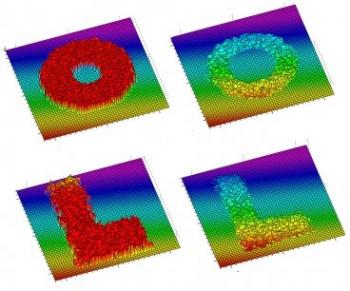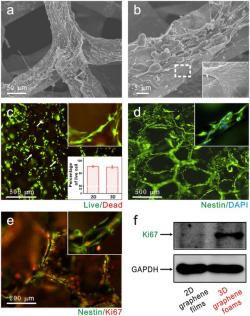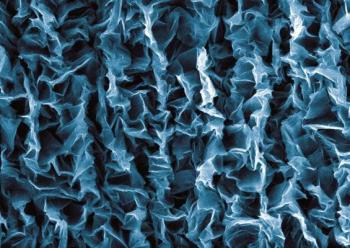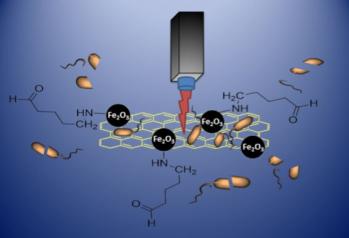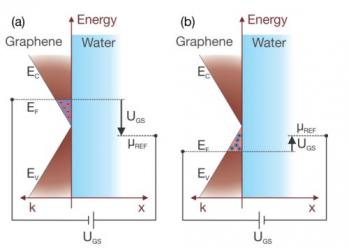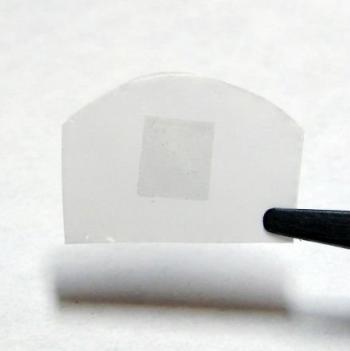Nanomedicine experts joins The University of Manchester to collaborate on graphene based research
The University of Manchester announced that world-leading nanomedicine expert, Professor Kostas Kostarelos will join the University in June. Kostas is already collaborating with Manchester's Professor Andre Geim and Professor Kostya Novoselov on graphene-based products for medicine applications. Kostas is focused on targeted drug delivery.
Professor Kostarelos is also researching nano-technology treatment for cancer.


